The JCOE LSAW steel pipe manufacturing process is a new welded steel pipe forming technology that emerged in the 1990s. The main forming process involves milling (or planing) the pre-welded steel plate joints, then pre-bending the steel plate widthwise. The forming process then proceeds in a sequential order of J, C, and O. The forming process involves multiple presses, each using a three-point bending die. Because the raw steel plate used for straight seam steel pipes is formed using multiple progressive die presses, the following basic issues must be addressed:
1. How to determine the die shape, the upper die stroke, and the lower die spacing of the forming machine?
2. How many presses are required to ensure the optimal bend radius and the optimal opening of the O-shaped steel pipe? These issues are dependent on the steel plate material, the specific mechanical properties of the steel plate material produced by the steel plate manufacturer, and the pipe type (diameter and wall thickness). Whenever new specifications or new steel plate materials are introduced, a certain number of samples are tested for presses to determine the appropriate production and processing data. The trial-and-error method is more reliable because it is based on scientific data from German-imported JCOE forming equipment. Since the JCOE process parameters for straight seam steel pipes are numerous, not only is the production process data determined through trial and error, but obtaining a mature process can even require several months of debugging.
JCOE LSAW Steel Pipe Forming Process
J-Shape Forming
In the first major forming stage, the plate is pressed into a “J” shape. The forming press uses a three-point bending principle, which applies force at specific contact points. This ensures an even distribution of stress across the plate. The result is a smooth curve that sets the foundation for the “C” and “O” stages.
C-Shape Forming
The second forming stage pushes the plate further into a “C” shape. This step requires precise control of mold design, stroke length, and die spacing. These parameters vary depending on plate material, thickness, and pipe diameter. The goal is to achieve uniform curvature without surface distortion.
O-Shape Forming
The final forming stage bends the plate into an “O” shape. At this point, the edges of the plate align closely in preparation for welding. Multiple press strokes are applied to achieve the desired circular form. This stage is critical because the alignment affects weld quality and pipe integrity.
Tack Welding
Once the plate reaches an “O” shape, temporary welds secure the edges. These welds hold the pipe in place for subsequent submerged arc welding. Tack welding must be precise to prevent misalignment, which can lead to structural weaknesses in the finished pipe.
Internal and External Submerged Arc Welding
The pipe is welded using submerged arc welding (SAW) technology. First, the internal seam is welded, followed by the external seam. SAW ensures deep penetration, strong bonding, and uniform weld beads. This method also reduces spatter and porosity, improving the pipe’s reliability under pressure.
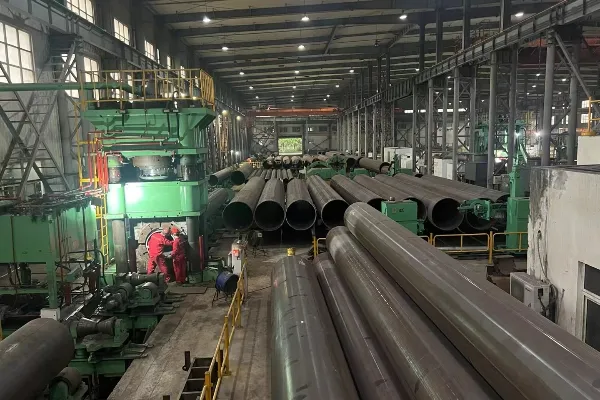
Frequently Asked Questions (FAQs)
1. What is the JCOE straight seam steel pipe forming process?
The JCOE process is an advanced forming method for straight seam submerged arc welded steel pipes. It uses a step-by-step pressing process (J→C→O→E) to ensure the pipe's dimensional accuracy and mechanical properties.
2. What is the difference between the JCOE process and the UOE process?
The UOE process uses a single-piece bend followed by diameter expansion, making it suitable for large-scale production. The JCOE process, on the other hand, uses multiple step-by-step pressing, offering greater flexibility and making it particularly suitable for small- to medium-sized batches and production of multiple specifications.
3. Why is mechanical diameter expansion necessary?
Diameter expansion improves the roundness and diameter accuracy of steel pipes while also relieving welding stress, making the pipe more stable and reliable during use.
4. What applications are JCOE straight seam steel pipes suitable for?
It is commonly used in long-distance oil and gas pipelines, urban water and heating projects, large-scale structural foundation piles, and pressure vessels.






 English
English Español
Español بالعربية
بالعربية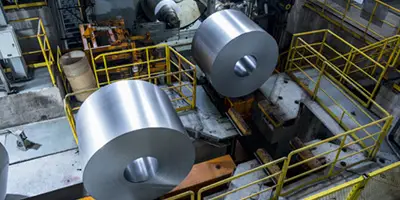
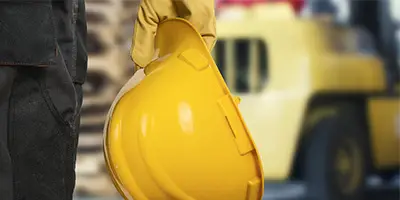
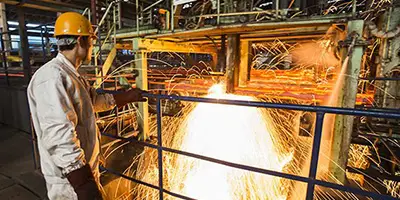
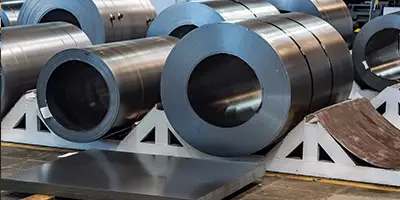

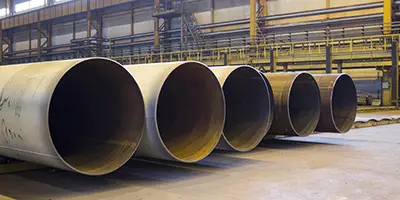
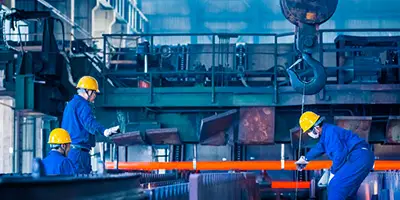
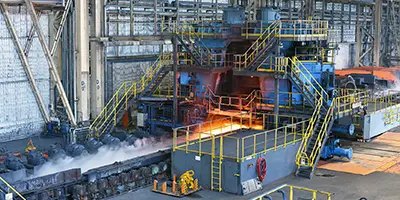
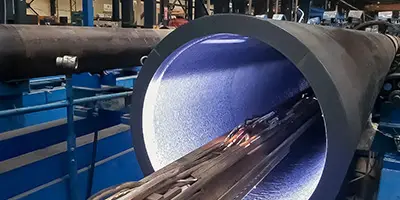
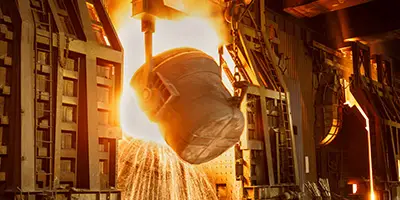
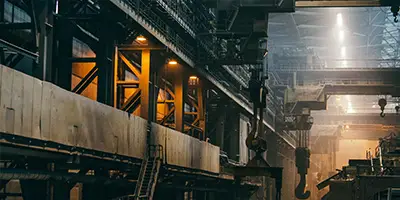

 Phone :
Phone :  Whatsapp :
Whatsapp :  Email :
Email : 


